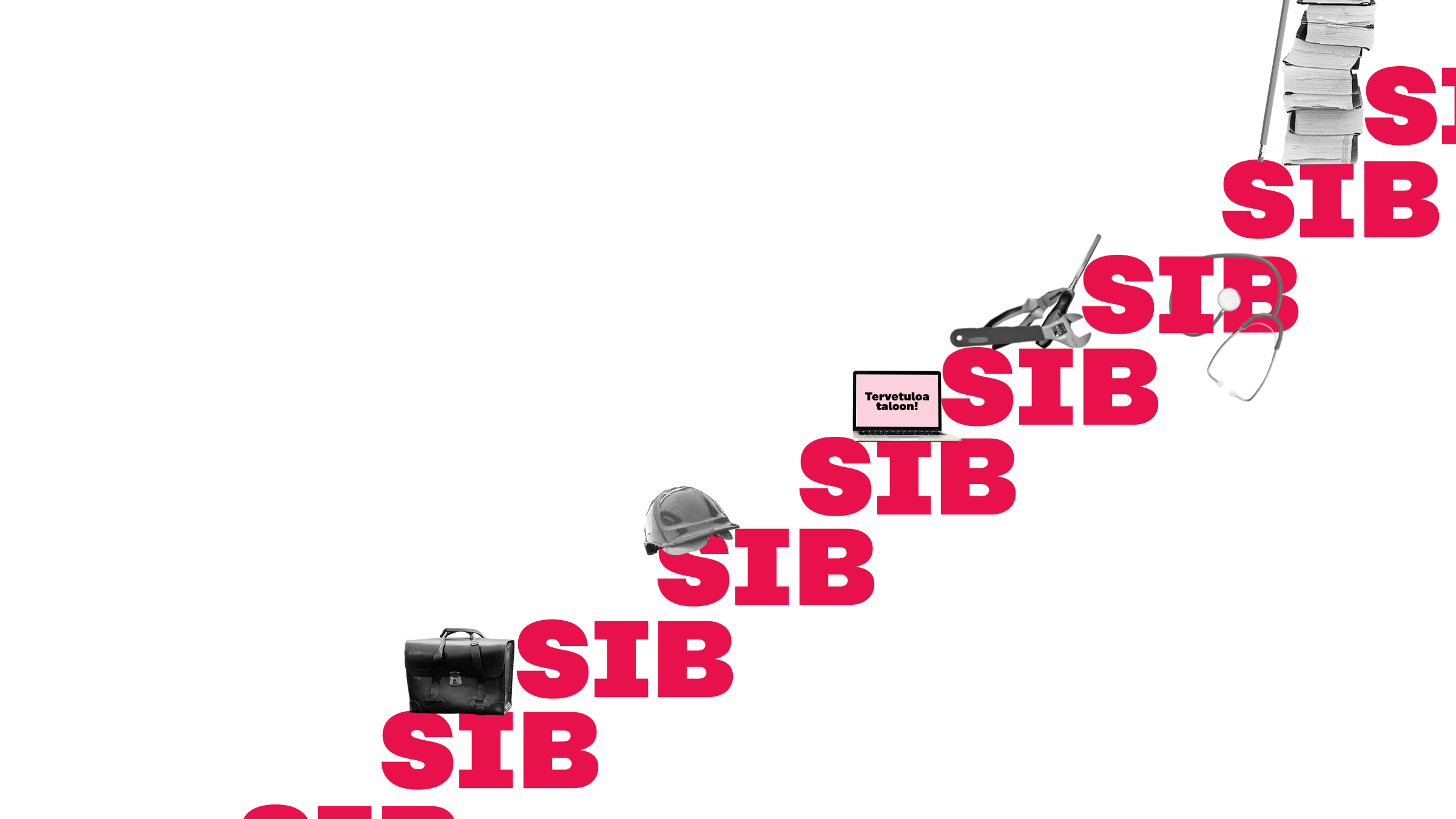The Employment SIB is a project the Ministry of Economic Affairs and Employment launched at the end of March 2019 to provide services to up to 3,000 long-term unemployed people across Finland.
Investors will inject project funding into an SIB fund, from which the services to support employment will be paid for. The Ministry of Economic Affairs and Employment will pay performance bonuses only if the targets set for finding jobs are reached.
“The great thing about the SIB model is how the government achieves effectiveness instead of deliverables. Government money will only be paid for verified outcomes,” says Minister of Employment Jari Lindström in the Ministry of Economic Affairs and Employment press release.
Sitra brought the impact investing model to Finland and acts as an advisor in the Employment SIB project. In the following, we explain how the project advanced from being an idea to being implemented.
1. The need and desire of local authorities to apply the SIB model as a starting point (2016)
In 2015, Sitra asked municipal authorities what challenges they considered to most need new and effective solutions. Unemployment was an issue that came up in almost every discussion. The weak economic development that had continued for several years had increased the number of long-term unemployed, and structural changes had turned unemployment into a more complex and longer-lasting social problem than before. A significant share of the direct and indirect costs of long-term unemployment was borne by local authorities, which had an acute need to find new means and additional resources for increasing employment. There was a clear demand for the SIB model brought to Finland by Sitra.
Sitra brought local authorities together around the same table. The first workshops on the SIB project, held in autumn 2016, were attended by municipal representatives from Helsinki, Vantaa, Espoo, Tampere, Lappeenranta, the South Karelia Social and Health Care District (Eksote) municipalities, Äänekoski, Laukaa, Konnevesi, Uurainen, Turku, Lahti, Hollola, Oulu, Kirkkonummi, Järvenpää, Joensuu and Kotka.
The target set for the SIB project was sustainable employment and an associated increase in well-being. It was clear from the very beginning that successful implementation of the project would also require active participation of regional trade and industry, and network-based co-operation between the pioneering municipalities and other operators engaged in promoting employment.
2. The government’s mid-term-session decision on the SIB model – the Ministry of Economic Affairs and Employment joins the preparations (2017)
The project preparation came to rest on broader shoulders when Prime Minister Sipilä’s Government decided in its mid-term session in April 2017 that it would use the SIB model for purposes such as reducing the social exclusion of young people and employment trials. The government memorandum stated that “the government plans on … procuring novel, diverse service concepts for young people in challenging labour market positions from private-sector service providers”.
The intention was to acquire private funding for the projects with the SIB model and to realise the service procurement using innovative procurement practices and performance-based agreements. The Ministry of Economic Affairs and Employment became an active participant in the preparatory work alongside Sitra and local authorities.
3. Modelling of societal benefits (2017-2018)
The starting point for a Social Impact Bond (SIB) is a target defined by the public sector and a decision on how much it is prepared to pay for reaching that target.
The modelling of the societal benefits of the Employment SIB was conducted by Sitra with the aim of identifying the root causes and underlying factors of extended unemployment (for example, the age and education of the unemployed person and duration of unemployment). At the same time, calculations were made on how it would affect the public economy if different kinds of people found jobs.
Therefore, in the SIB agreement the performance bonus paid by the public sector is tied to the earned gross income of the people who find employment with the help of the services provided. The harder it is to employ a person, the higher the bonus paid for finding him or her a job.
4. Tendering process for the project administrator through competitive dialogue (2017-2019)
The information request concerning the Employment SIB’s project administrator was published in September 2017 and the relevant contract notice at the end of the year. The task defined in the notice was the co-ordination of services aimed at rapidly finding jobs for unemployed jobseekers in such a manner that certain predetermined, measurable objectives were reached.
The Ministry of Economic Affairs and Employment acted as the procurement unit (and payer of the performance bonus), Hansel as the consultant for the tendering process and Sitra held an advisory role.
The procurement method used was competitive dialogue, because the objective was to find as functional a model as possible for implementing the SIB project in collaboration with the candidates. The final invitation to tender was preceded by a total of nine rounds of negotiations.
Epiqus Oy, a member of the S-Pankki banking group, was selected as the project administrator.
5. Signing of the agreement and launch of the project (2019)
In February 2019, the Ministry of Economic Affairs and Employment and Epiqus signed an agreement on delivering the Employment SIB project. Epiqus is committed to providing services in the areas of at least five Employment and Economic Development Offices (TE Offices), and the project objective is to find jobs for 3,000 jobseekers within five years.
The Ministry of Economic Affairs and Employment is prepared to pay 23 million euros in performance bonuses for successful outcomes. If the employment objectives are not reached, investors will bear the financial risks of the project.
The key to success is well-functioning collaboration between the project administrator, the TE Offices and the Ministry of Economic Affairs and Employment in each region. Local authorities also have an important role to play as supporters and developers of trade and industry in their own region.
The success of the Employment SIB will be measured carefully. Sitra has undertaken to gather and process the lessons learned to be applied to future SIBs.
The Social Impact Bond (SIB) is a form of impact investing. In an SIB, institutional and private investors fund services that promote well-being and assume the risks associated with the provision of these services. Projects are given precise, measurable targets, which reflect the desired increase in well-being. The public sector only pays for results that are in line with the set targets.


















Recommended
Have some more.